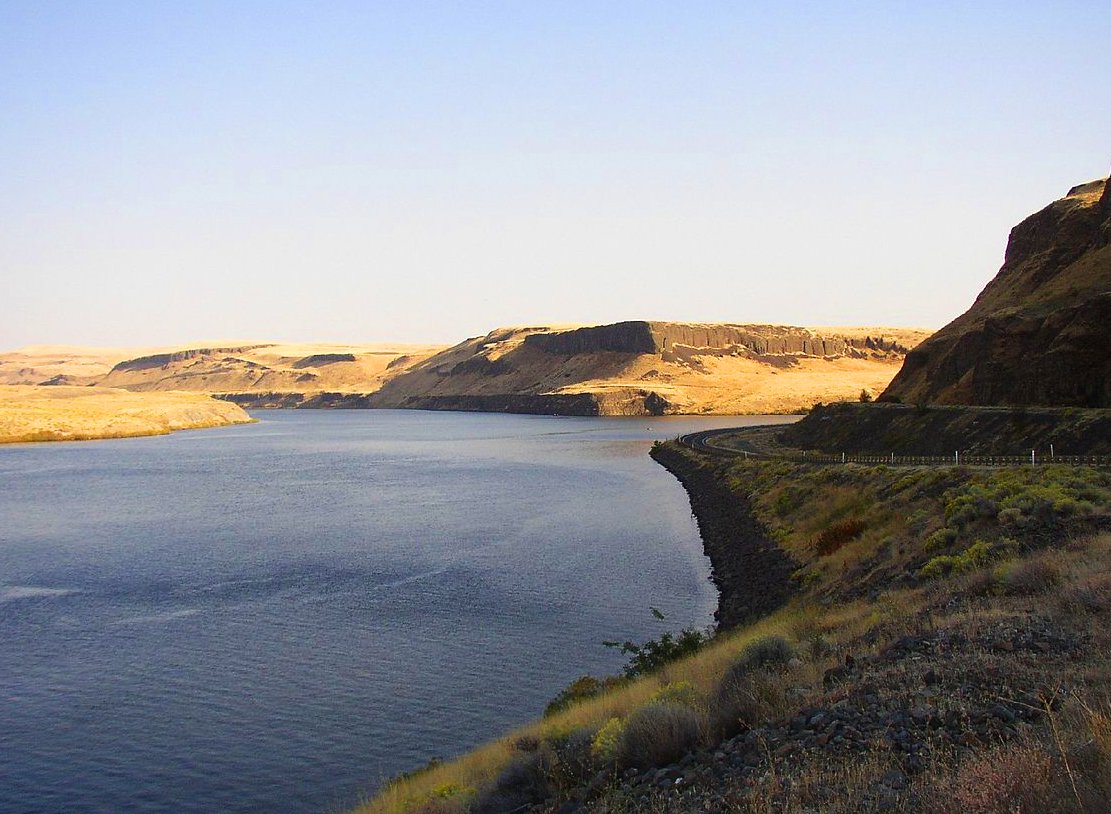2022 Spring Chinook Salmon Return Better Than Forecast
Tucannon River spring Chinook face challenges
- July 20, 2022
- Carol Winkel

Council members were briefed at their July meeting on spring Chinook salmon returns to the Columbia and Snake rivers, as well as the more sobering update on recovery efforts for Tucannon River spring Chinook.
The pre-season forecast in March was for 122,900 adult salmon above Bonneville Dam and 49,370 adult salmon at Lower Granite Dam in the Snake River. In a welcome spot of good news, the spring Chinook salmon return to both Bonneville Dam and Lower Granite Dam exceeded the preseason forecast and the 10-year return average for Bonneville Dam. As a result, fishing opportunities were available in various locations in the basin.
While this is news worth celebrating, the Council also heard that many populations of spring chinook salmon remain below objectives and some populations remain at serious risk.
The Council heard about the challenges facing one of these populations. Joe Bumgarner, Washington Department of Fish and Wildlife and Chris Donley, Washington Department of Fish and Wildlife, gave an update on the recovery efforts for Tucannon River spring Chinook salmon.
Listed as threatened under the Endangered Species Act since 1992, fisheries managers have used a combination of actions, from changes in hatchery management, habitat restoration, and protective fishery closures to improve their numbers.
After an encouraging upward trend of more adult fish in the basin in the early aughts, a series of challenges hit in the form of floods; fires; high pre-spawning adult mortality; high juvenile outmigration mortality; predation in the mainstem Snake and Columbia rivers on outmigrants; and most recently, changes in marine survival as ocean productivity declines.
All these issues have contributed to a rapid downturn in the population beginning around 2016 that continues today. Currently, an average of less than 200 adult fish of both hatchery and wild fish have returned to the basin annually since 2019, with an average redd count of 20 over the last three years.
Despite the best efforts of Washington Department of Fish and Wildlife, co-managers, recovery boards, and concerned public, current recovery efforts are not working. According to Bumgarner and Donley, the need for more resources is acute.
Two proposed options include reinstituting a captive broodstock program—holding some fish in a hatchery to mature–was done in the 1990s when the fish were in bad shape and listed. Releasing some juvenile fish from a hatchery into the Kalama River to avoid having to pass through the dams and reservoirs is another option.
“We’re proposing two extreme actions to maintain spring Chinook productivity within the basin,” noted Bumgarner. “It’s about conserving the population for the future.”



